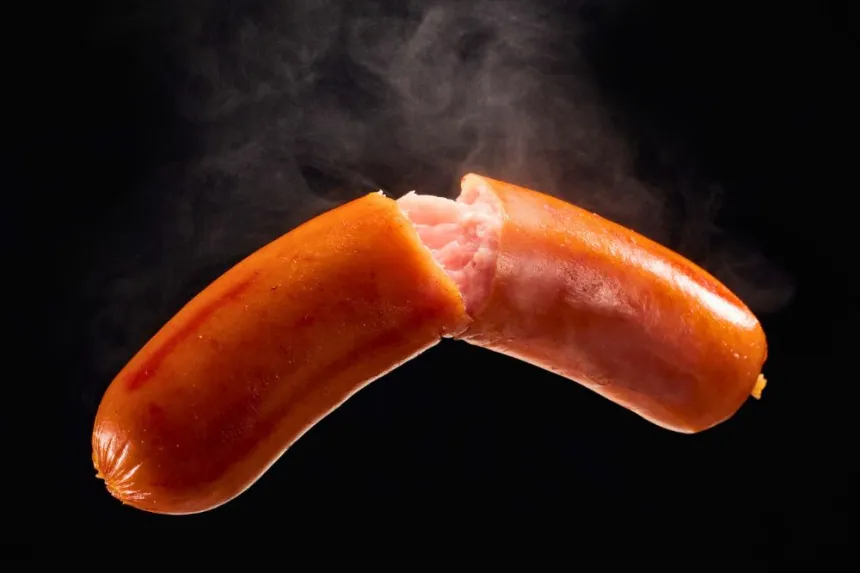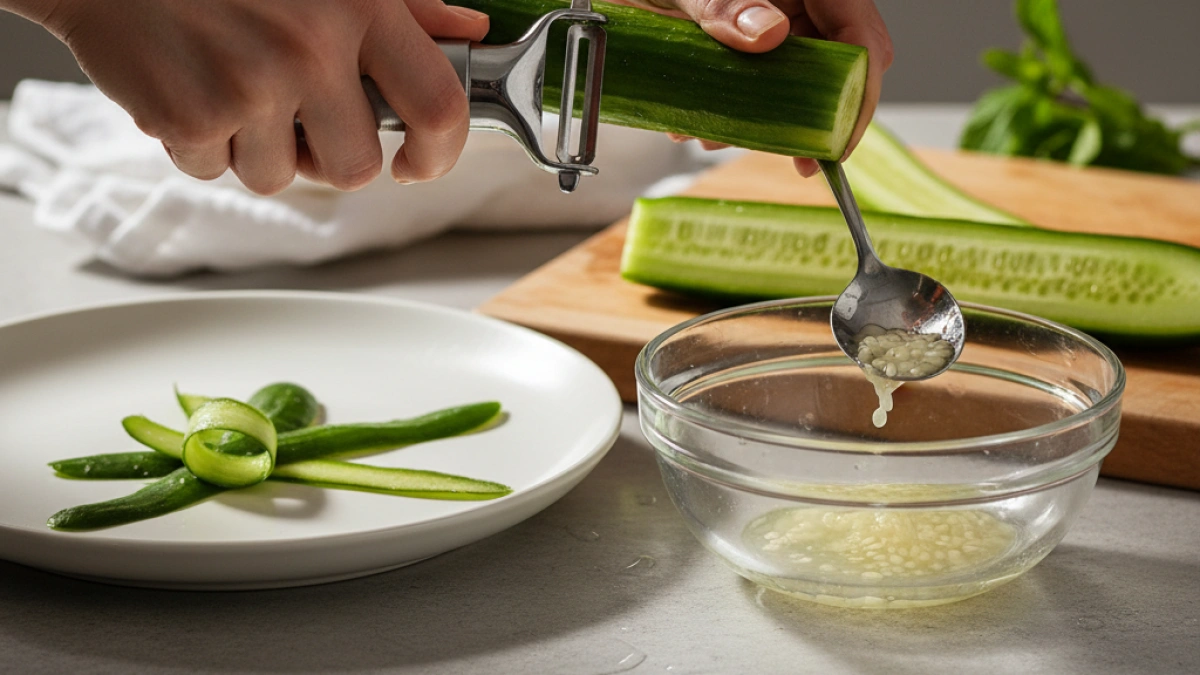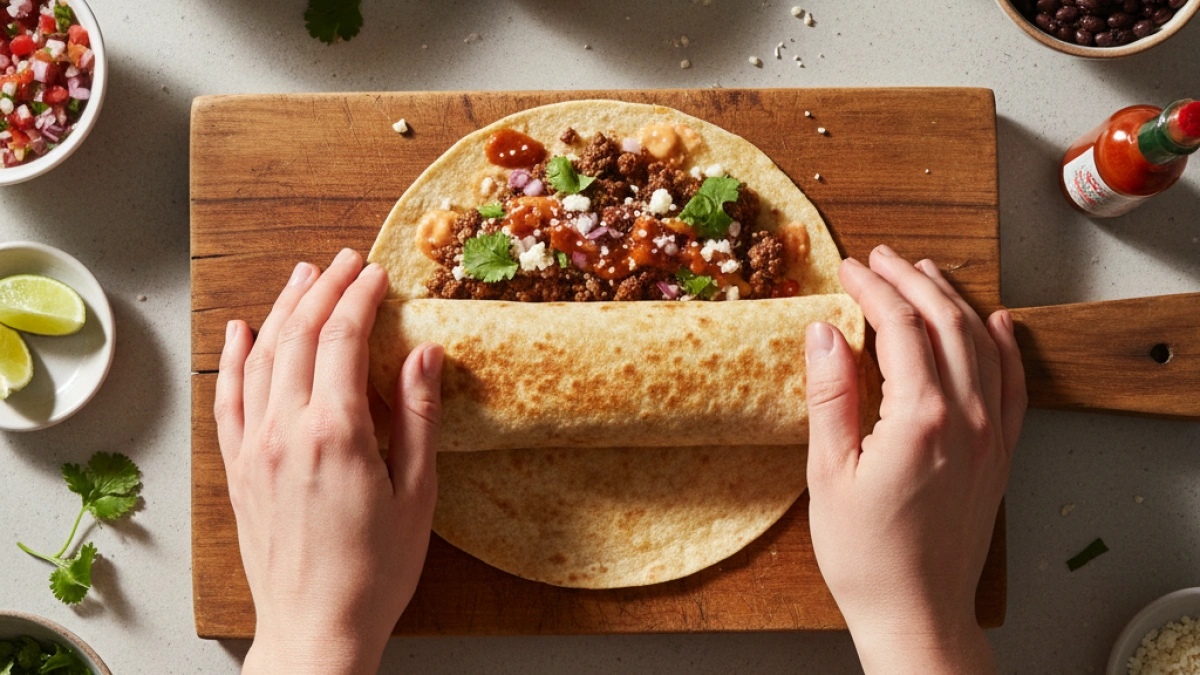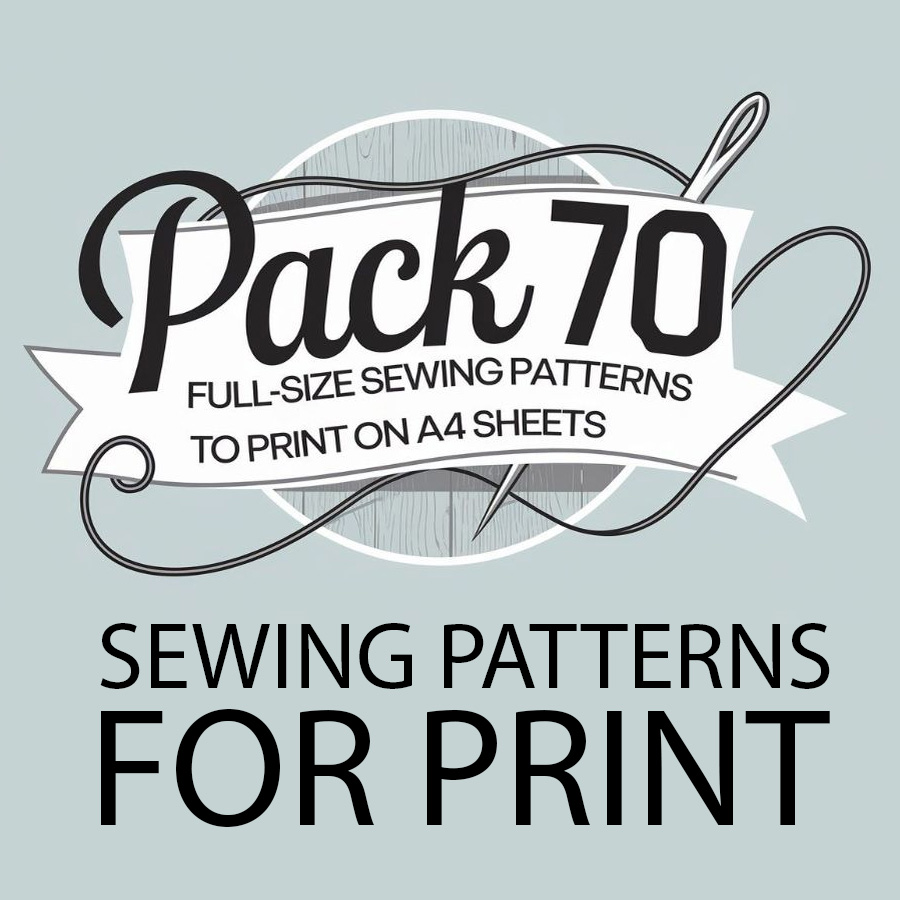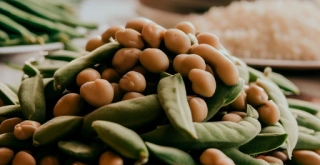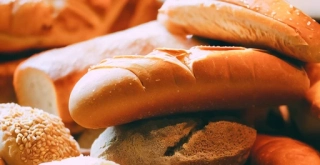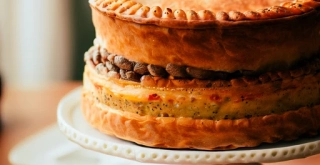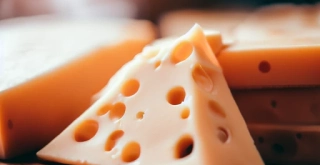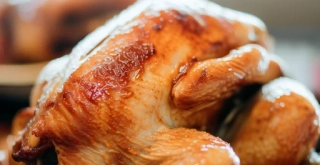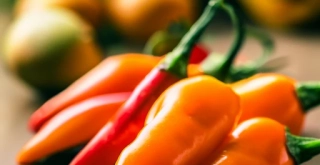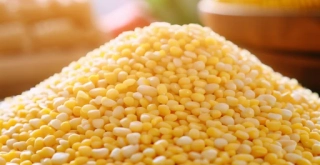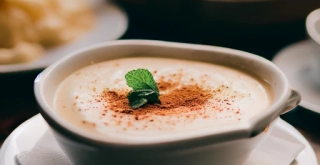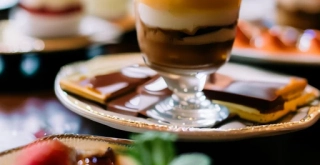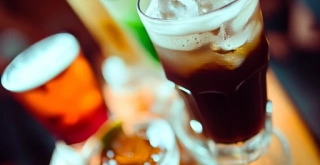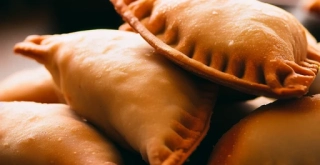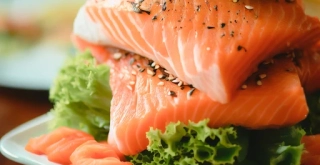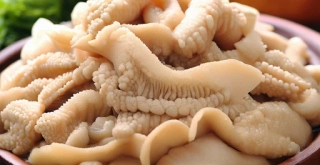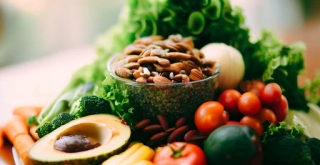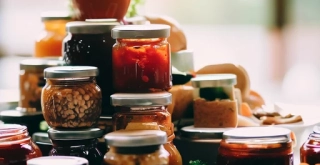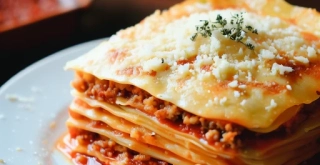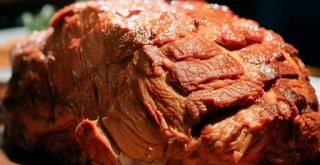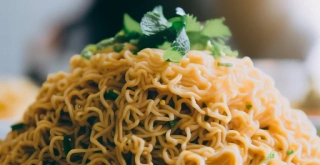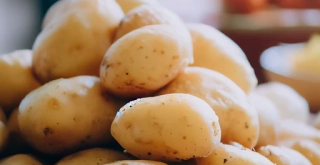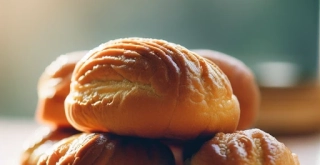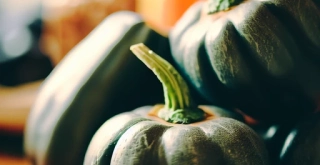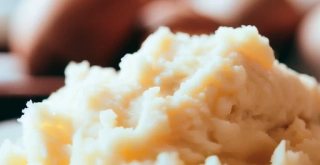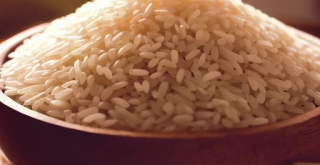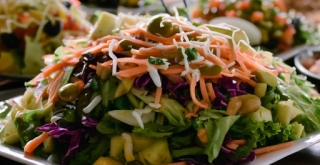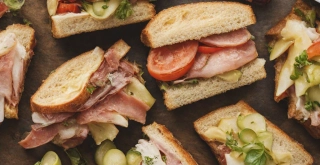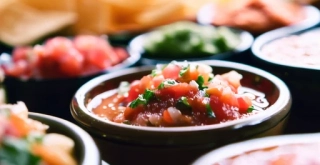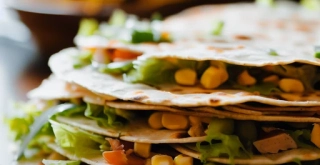Complete Guide to Knife Sharpening: Effective and Simple Methods
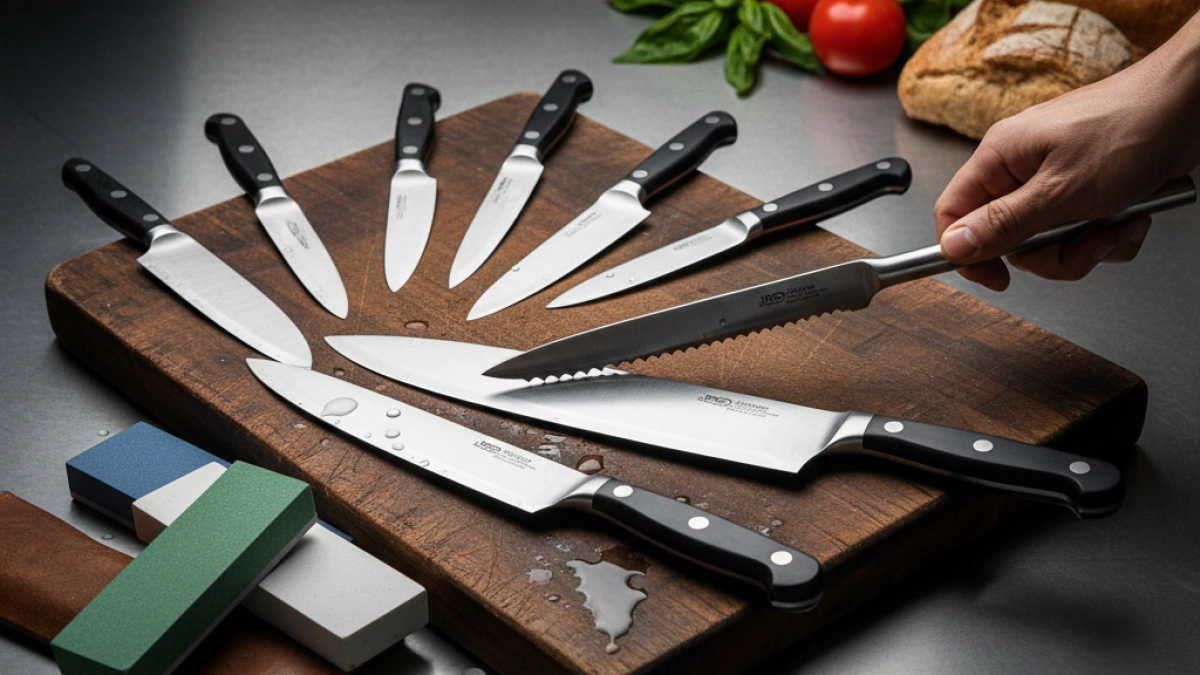
Knives are indispensable tools in the kitchen and in various everyday activities. However, over time and with use, they can lose their sharpness. Fortunately, restoring the original edge of any knife is easier than it seems once the proper techniques are known. This guide presents several methods for sharpening knives, ranging from quick and accessible solutions to more sophisticated methods that guarantee optimal results.
Method 1: The Portable Sharpener (Quick and Effective)
The portable sharpener is a convenient option for those who lead an active lifestyle and need to sharpen their knives quickly. Its compact design makes it ideal to have in a backpack or kitchen drawer.
How does it work?
This type of sharpener consists of two parts: a section made of a hard material, such as carbide or industrial diamond, which is used to create an initial edge, and a ceramic part that serves to polish and refine the newly created edge.
Technique:
- Slide the knife: Pass the knife blade several times over the more abrasive part of the sharpener. The number of passes will depend on the condition of the blade, so it is important to pay attention to the development of the edge.
- Polishing with ceramic: Once a visible edge has formed, move to the ceramic part of the sharpener to polish the edge and remove any burrs or imperfections.
- Check the edge: Inspect the result to ensure that the knife is ready for use.
This method is ideal for occasional maintenance, but if the knife is very worn down, other more effective techniques will be needed.
Read also
Method 2: The Ceramic Cup (The Trick You Didn't Expect)
If you need to sharpen a knife and do not have specialized tools, a simple ceramic cup can be a surprisingly effective solution.
How does it work?
By using the bottom of an unglazed ceramic cup or bowl, which has a porous texture, you can create an effect similar to that of a sharpening stone.
Technique:
- Positioning: Place the cup upside down on a flat, stable surface.
- Find the right angle: Maintain an angle between 17 and 25 degrees while sharpening the knife.
- Sliding: Run the knife blade along the ceramic edge of the cup, alternating between sides. You may notice metal shavings left on the ceramic, indicating that the knife is being sharpened.
This method is effective and can be a good complement to other processes to achieve a more polished finish, especially if finer sharpening stones are not accessible.
Method 3: Sharpening with Stones (The Definitive Technique)
Using sharpening stones is the most effective method for achieving extremely sharp cutting edges. While this method may require more practice, the results are unparalleled.
Freehand Sharpening with Stone
Artificial sharpening stones are practical and are used with water. It is not necessary to fully submerge them; just moistening the surface until it absorbs enough liquid is sufficient.
The Angle and Pressure Technique:
- Set the angle: For kitchen knives, an angle of 17 degrees is a good reference; for other uses, the angle can vary between 20 and 25 degrees. It is crucial to maintain this angle throughout the process. A helpful trick is to place your thumb on the spine of the knife to provide a constant reference.
- Apply pressure and slide: While smoothing the blade against the stone, ensuring controlled pressure, slide the knife forward.
- Look for the burr: As sharpening progresses, a small burr will form on the opposite side from where you are working. Recognizing this indicator allows you to switch sides.
- Polishing: After using a coarse stone, transitioning to finer polishing stones is essential to refine the edge and remove any imperfections.
Sharpening with a Mechanical Guide (Guaranteed Precision)
For those seeking precision in sharpening, a mechanical sharpener with guides is the ideal solution, as it allows for maintaining a fixed angle during the process.
The Process (Grain by Grain):
- Start with a low grain: Using a 240-grit stone is suitable for knives that need intense sharpening. Sharpen one side of the knife until a burr forms on the opposite side.
- Change sides: Once you see the burr, flip the knife to continue sharpening the other side.
- Increase the grit: After working with the coarser stone, continue with finer grits (e.g. 320, 600, 1200) to polish the edge. Each additional grit refines the edge.
- Final touch: Conclude the process with the finest stone possible (1200 or higher) to achieve a shiny, mirror-like edge.
With dedication and practice, any knife can be transformed from a dull tool into an extremely sharp cutter that will impress anyone. Are you ready to explore these techniques and discover the full potential of your knives?
For more tips and techniques, feel free to check out more articles on this blog.

